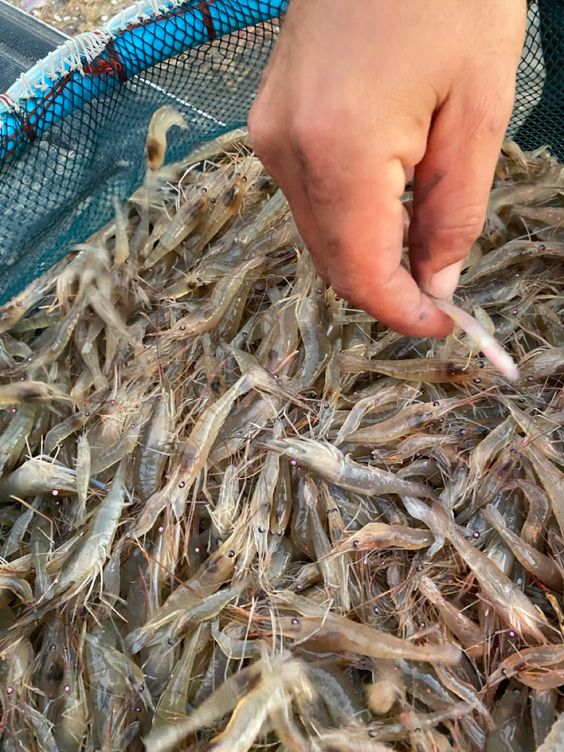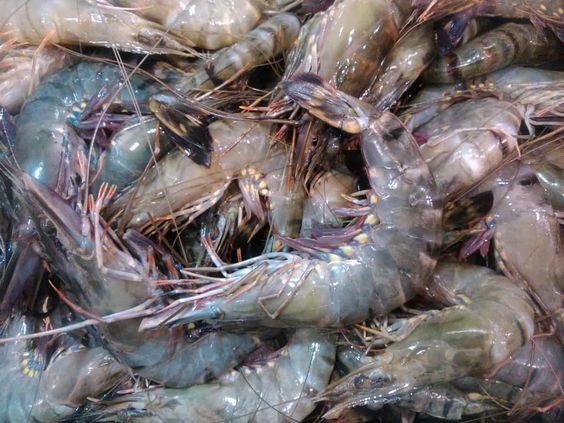Catfish Pond Efficiency: Optimizing Production for Success
Catfish Pond Efficiency is a significant contributor to the global seafood industry. As the demand for this versatile and delicious fish continues to rise, there’s a growing focus on optimizing catfish pond efficiency. This translates to maximizing catfish production while minimizing resource use and environmental impact.
This article delves into the key aspects of catfish pond efficiency, exploring strategies to enhance catfish growth, improve feed conversion ratios, and ensure overall pond health.
Understanding Catfish Pond Efficiency
Catfish pond efficiency can be approached from two main angles:
-
Technical Efficiency: This refers to how well resources are utilized to achieve a specific catfish production output. In simpler terms, it’s about getting the most catfish biomass out of the inputs like feed, water, and pond space.
-
Economic Efficiency: This focuses on the profitability of the catfish farming operation. It considers factors like production costs, market price of catfish, and overall return on investment.
Key Factors Influencing Catfish Pond Efficiency
Several factors play a crucial role in achieving optimal catfish pond efficiency. Let’s explore some of the most important ones:
-
Pond Management:
- Water Quality: Maintaining optimal water quality parameters like dissolved oxygen, pH, ammonia, and nitrite levels is essential for healthy catfish growth. Regular monitoring and adjustments through aeration, water exchange, and proper pond preparation are crucial.
- Stocking Density: The number of catfish stocked in a pond significantly impacts growth rates and resource utilization. Overstocking can lead to competition for food and oxygen, ultimately hindering efficiency.
- Hydrology: Pond depth, water flow patterns, and bottom substrate all influence water quality and catfish behavior. Proper pond design and management techniques can optimize these factors.
-
Feed Management:
- Feed Quality: Providing catfish with a nutritious and balanced diet formulated for their specific needs is vital. High-quality feed with the right protein and energy content promotes efficient growth and minimizes feed waste.
- Feeding Strategies: The frequency and amount of feed offered to catfish should be carefully determined. Overfeeding leads to waste and poor water quality, while underfeeding hinders growth. Feeding practices like demand feeders or timed feeding can optimize feed utilization.
- Feed Conversion Ratio (FCR): This metric measures the amount of feed required to produce one unit of catfish weight gain. A lower FCR indicates better feed efficiency.
-
Health Management:
- Disease Prevention: Implementing proper pond hygiene practices and biosecurity measures helps prevent disease outbreaks. Healthy catfish are less susceptible to growth impairment and mortality, ultimately impacting efficiency.
- Water Quality Monitoring: Regular monitoring of water quality parameters allows for early detection of potential issues that could impact catfish health. Addressing these issues promptly can minimize losses and maintain efficiency.
-
Aeration:
- Oxygen Levels: Catfish require adequate dissolved oxygen levels in the water for optimal growth and survival. Proper aeration techniques like paddlewheel or diffused air systems help maintain these levels, especially in densely stocked ponds.
-
Harvesting:
- Harvest Timing: Harvesting catfish at the optimal market size ensures efficient utilization of resources invested in their growth. Delaying harvest can lead to increased feeding costs without significant additional weight gain.
- Harvest Techniques: Utilizing efficient harvesting techniques minimizes stress on catfish and reduces the risk of injuries that could impact their marketability.
Strategies for Enhancing Catfish Pond Efficiency
By focusing on the key factors mentioned above, catfish farmers can implement several strategies to improve pond efficiency:
-
Employing Integrated Pond Management (IPM): This holistic approach combines various practices like water quality management, proper stocking densities, and disease prevention to create a healthy and productive pond ecosystem.
-
Utilizing Aeration Technologies: Implementing aeration systems helps maintain optimal dissolved oxygen levels, promoting catfish growth and reducing stress.
-
Optimizing Feed Management: Selecting high-quality feed, employing appropriate feeding strategies, and monitoring FCR allows for efficient feed utilization and cost savings.
-
Investing in Pond Management Techniques: Techniques like regular water quality monitoring, proper pond preparation, and maintaining healthy bottom substrate contribute significantly to overall pond health and efficiency.
-
Staying Updated on Catfish Farming Practices: Continuously learning about advancements in catfish farming techniques, feed formulations, and disease control methods helps farmers adapt and improve their operations.






